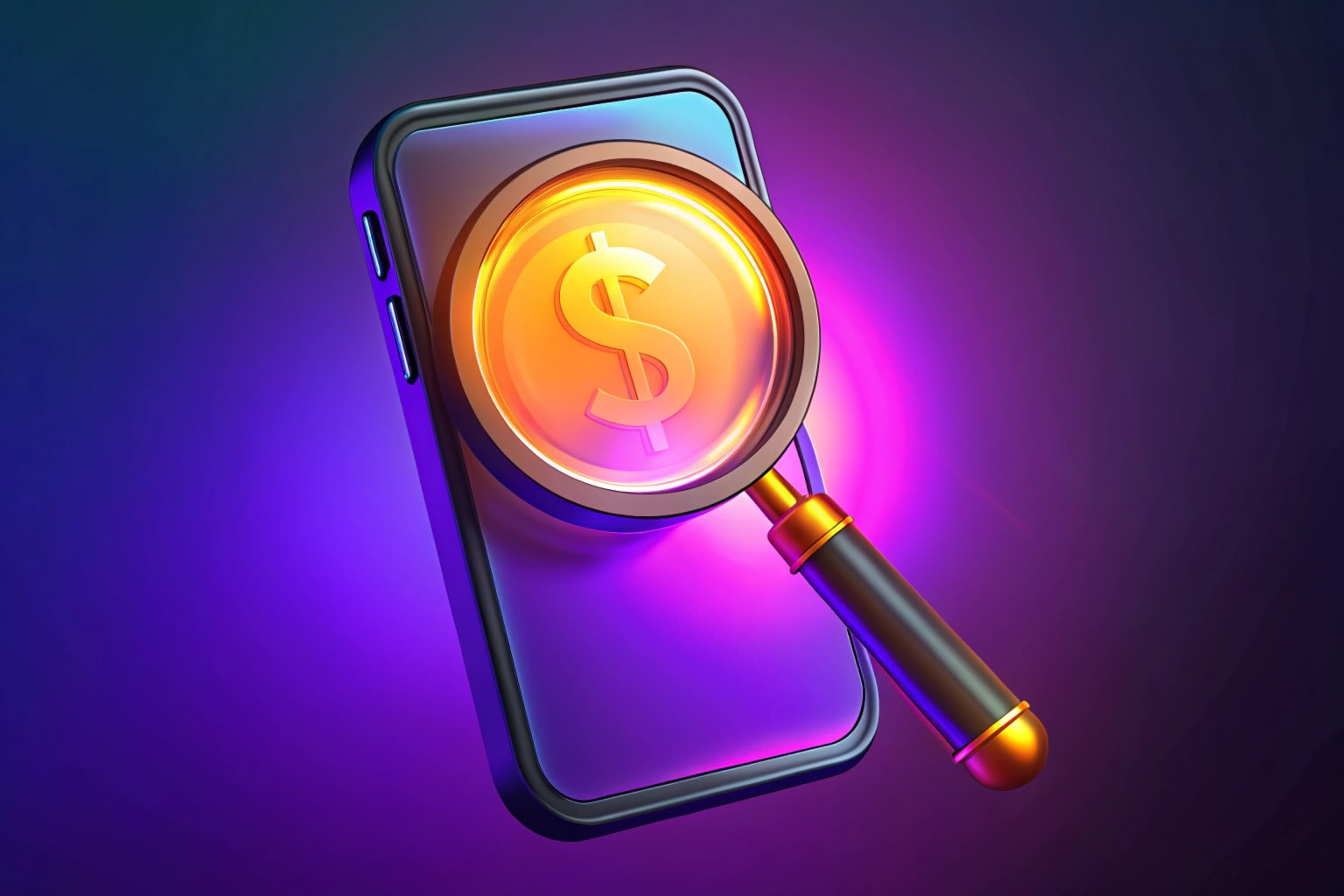Apple Search Ads (ASA) can transform subscription app growth, but getting started can be daunting. Do you use basic ads (spoiler: no), advanced ads, how much do you use for bids? The questions can pile up. I spent $100,000 on ASA campaigns, and using it as my primary marketing lever, I was able to scale an app from $0 to $200,000 ARR in six months.
Today, I’ll share the actionable steps that anyone can use to kickstart growth through ASA. I've broken them out into eight, digestible steps to follow.
1. Set up attribution first
Before running any ASA campaign, ensure you’re sending ASA attribution data to tools like Superwall, Mixpanel, or AppsFlyer. This is critical, and you can't miss this step. Why?
This data allows you to do two essential things:
Understand which keywords drive high-converting installs.
And, you can track ROAS (Return on Ad Spend) to optimize campaigns.
Without proper attribution, you’re flying blind and will almost certainly run the risk of blowing money. ASA campaigns rarely "just work" out of the box. It takes experimentation, tweaking and iteration. You won't know how to do any of that properly without attribution.
2. Avoid keywords with "free"
This step is easy: Steer clear of bidding on keywords that include “free.” While they may generate taps, these users rarely convert to paying subscribers. In the end, you're likely looking at low conversion rates paired with wasted spend. This also ties into step one. We need to know what works so we can avoid situations exactly like this one.
3. Choose targeted keywords
Obviously, some keywords are naturally going to perform better than others. Instead of using broad terms like “pilates,” focus on long-tail keywords that fit your app's target market. Going back to "pilates", something like “wall pilates workout” will typically yield better results.
Even better? These keywords are generally less competitive, and they often attract users with higher intent to subscribe. This makes sense, because you're casting a narrow net on purpose to find the right people for the problems that your app solves.
4. Double down on high-LTV keywords
This next step ties directly into step one and your attribution pipeline. Here, we need to analyze attribution data to identify:
Keywords with the highest subscription conversion rates.
And, keywords that generate the most revenue.
Group these keywords by theme, and then turn around and create Custom Product Pages (CPPs) tailored to each one. This approach all but gurantees to:
Increase your conversion rates.
Lower your cost per install (CPI).
And, accelerate campaign performance.
At this point, you've created an extremely capable marketing flywheel where you know which ASA keywords are working and leading to paying customers. But now? You've made the messaging even better than it was before using CPPs.
5. Leverage competitor keywords as a benchmark
Competitor keywords are crucial. As Zach Yadegari pointed out in a recent podcast, high-performing ASA campaigns on competitor keywords indicate that your product is on par with or better than theirs.
So, what about poor performance? Put simply, this is data which typically indicates that their product simply is solving the particular problem domain better than you are. It's an important signal that you need to pay attention to with humility and action. Don't get discouraged, just iterate and improve.
6. Optimize your app’s conversion rates
Even the best ASA campaigns won’t work if your product has poor conversion rates. You can be good at ASA campaigns and bad at converting users. To have a well-performing app, you need both. To that end, focus on improving:
Onboarding: Ensure users understand your app’s value proposition quickly. Do they get to that "Aha!" moment quick enough? Do they start to feel why not using your app going forward would be a little more painful?
Install-to-Trial Conversion Rate: Fine-tune your paywalls and pricing, and realize that this is a process that will never stop. Superwall is the best tool out there for that job.
7. Leverage second-time offers
One of the most impactful changes you can make is to implement second-time offers. After onboarding, show a discounted paywall to users who dismiss the initial paywall. Don't confuse this with a transaction abandoned paywall, here — users didn't attempt to purchase anything:
In that case, offering a discount can capture revenue that you may have never had in the first place. This approach can significantly boost your conversion rate and ROAS (which is critical for healthy, long-term ASA campaigns).
If you want to be more targeted and not offer this to everyone, use AppsFlyer media source parameters along with Superwall's campaign filters to trigger second-time offers only for users who installed the app via ASA:
8. Send personalized follow-ups
Send ASA attribution data to CRM tools like Iterable or OneSignal. Then, use this data to:
Trigger push notifications or pop-ups offering discounts or trials.
Run personalized campaigns to re-engage users who installed via ASA.
These follow-ups should help you improve retention and drive that last extra bit of revenue.
Wrapping up
ASA can deliver phenomenal results, but they need to be executed correctly. From choosing the right keywords, to implementing second-time offers, or using custom product pages — these strategies can help you maximize the ROI of your ad spend to help scale your app’s revenue quickly.




